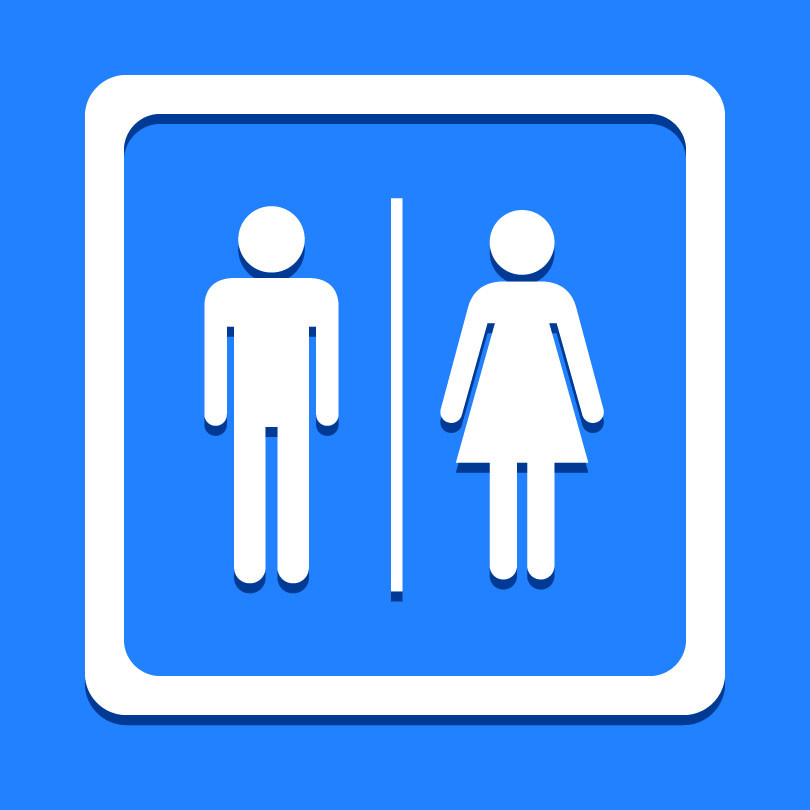Build a better bladder
Exercises, lifestyle change, medications, and procedures can alleviate incontinence and give you your life back.

A leaky bladder or a sudden urge to go to the bathroom is uncomfortable andembarrassing. But you can take steps to alleviate the problem. "Some people tell me they would have sought treatment sooner if they'd known it was this simple," says Dr. Anurag Das, director of the Center for Neurourology and Continence at Harvard-affiliated Beth Israel Deaconess Medical Center.
Lifestyle changes
One of the first lines of defense is pill-free and costs nothing: lifestyle change. For urge incontinence (see "Types of incontinence"), you can try timed voiding (urinating on a schedule) and bladder guarding, which teaches you to cope with triggers that set off the urge to go, such as washing dishes or hearing water. "You squeeze your muscles to hold in urine before a trigger, which sends a message to the brain that this is not the time to go," says Dr. Das. Other lifestyle changes include watching fluid intake; quitting smoking, to reduce coughing and pressure on the bladder; and minimizing bladder irritants such as caffeine, alcohol, and carbonated drinks.
Pelvic floor rehab
The pelvic floor muscles aid control of your bladder and bowels. Strengthening these muscles can be helpful to people with stress incontinence (see "Types of incontinence") as well as those with urge incontinence. This is done with Kegel exercises, which involve squeezing and releasing the muscles you use to hold in urine. A physical therapist can help you learn how to do the exercises properly. "The majority of people with urge incontinence will improve with rehab. It may not make it 100% better, but even 75% may be acceptable to many people," says Dr. Das.
Medications
When pill-free measures aren't enough to curb incontinence, medications may help. The most commonly prescribed drugs for urge incontinence are anticholinergics, such as oxybutynin (Ditropan). Side effects can include dry mouth and eyes, headache, constipation, and confusion.
Some drugs relieve stress incontinence, such as tricyclics like imipramine (Tofranil) and alpha-adrenergic agonists like pseudoephedrine (Sudafed), which are often found in cold medicines. However, these, too, are limited by side effects, and their effect declines over time. When an enlarged prostate causes overflow incontinence (see "Types of incontinence"), alpha blockers such as doxazosin (Cardura) may help by relaxing the smooth muscle of the prostate. It may take trial and error to find the best drugs with the fewest side effects.
Procedures
Injections of botulinum toxin (Botox), a muscle relaxant, are used to treat urge incontinence. "The downside is a higher incidence of urine retention and risk of bladder infection. Some patients won't be able to urinate and may need to use a catheter," says Dr. Das. Injections of calcium hydroxylapatite (Coaptite) are used to treat stress incontinence by tightening the urethra.
A procedure called sacral neuromodulation can help people with urge incontinence. A small device called Interstim is implanted in the lower back to stimulate the sacral nerve, improving both bladder and bowel problems.
Surgery sometimes is used for stress incontinence. This involves creating a sling that wraps around a person's urethra. "You don't have to use artificial mesh materials for the sling; you can use the patient's own fascia (muscle lining) if preferred," says Dr. Das. There is no surgery for overflow incontinence if the bladder muscle does not work. However, in cases of blockage from the prostate, prostate surgery may help.
Types of incontinence
|
Disclaimer:
As a service to our readers, Harvard Health Publishing provides access to our library of archived content. Please note the date of last review or update on all articles.
No content on this site, regardless of date, should ever be used as a substitute for direct medical advice from your doctor or other qualified clinician.















